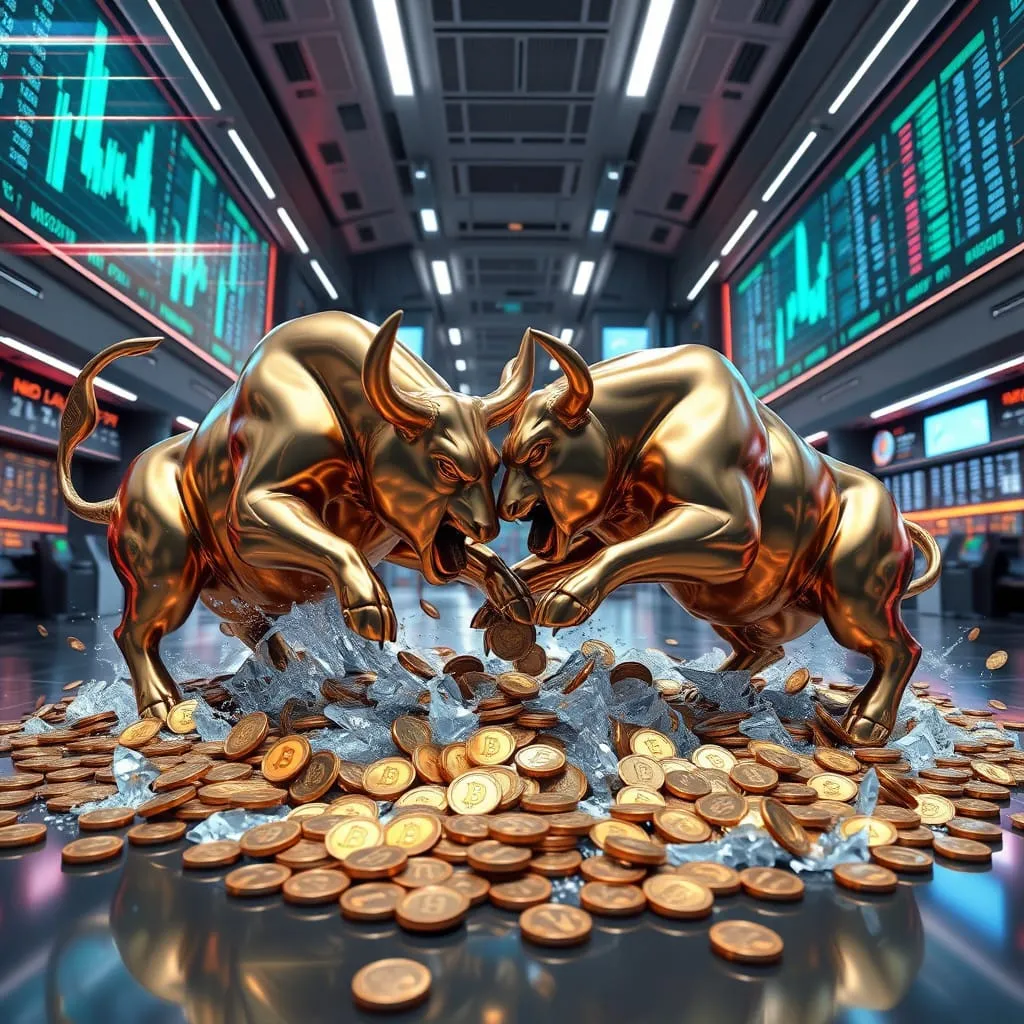In the world of cryptocurrencies, the term "bull run" or "bull market" has become a symbol of periods of rapid growth and optimism.
This name comes from the traditional financial market, where the bull symbolizes upward movement due to the characteristic way this animal attacks - from the bottom up.
The history of the cryptocurrency market has seen several significant bull runs, each of which had its own characteristics and reasons. The first significant bullish trend in Bitcoin occurred in 2013, when the price first broke the $1,000 mark. However, the real large-scale bull run occurred in 2017, when Bitcoin reached almost $20,000 and the entire cryptocurrency market experienced unprecedented growth.
A bull run is characterized not only by price increases but also by a general change in market sentiment. During such periods, there is a significant increase in media interest, an increase in the number of new users and investors, and the intensification of projects and developments in the industry. Enthusiasm spreads throughout the crypto community, creating an atmosphere of optimism and faith in the bright future of digital assets.
The characteristic features of a bull run are a steady rise in prices over a long period of time, an increase in trading volumes, and increased activity on exchanges and social media. Often, during such periods, there is a "rising tide" effect - not only major cryptocurrencies but also smaller projects grow.
Various factors play an important role in the formation of bullruns. These can include technological breakthroughs, regulatory changes, institutional investments, or macroeconomic events. For example, the bull run of 2020-2021 was largely driven by the entry of large companies and institutional investors, as well as the overall monetary policy of central banks.
However, bull runs also have their dark side. A period of rapid growth is often accompanied by excessive optimism and speculation. Many dubious projects appear, trying to take advantage of the general enthusiasm. Inexperienced investors, driven by greed and fear of missing out (FOMO), can make rash decisions.
Historically, cryptocurrency bull runs are often associated with the Bitcoin halving cycle, an event that occurs every four years and cuts miners' rewards in half. This creates a certain cyclicality in the market, although each new cycle has its own characteristics and duration.
For experienced market participants, the bull run is not only an opportunity to make money, but also a period of increased risks. It is important to maintain a sober mindset and not succumb to the general euphoria. Professionals often use these periods for partial profit-taking and portfolio diversification.
The end of a bull run is usually accompanied by a significant correction or even a prolonged bearish trend. This is a natural part of the market cycle, although it is almost impossible to predict the exact moment of trend reversal.
Understanding the nature of bullruns is critical for successful work in the cryptocurrency market. It helps to make informed investment decisions, avoid excessive risks, and be prepared for inevitable market cycles. After all, in the world of cryptocurrencies, as in traditional finance, it is important not only to be able to earn money during growth but also to preserve it during a downturn.


